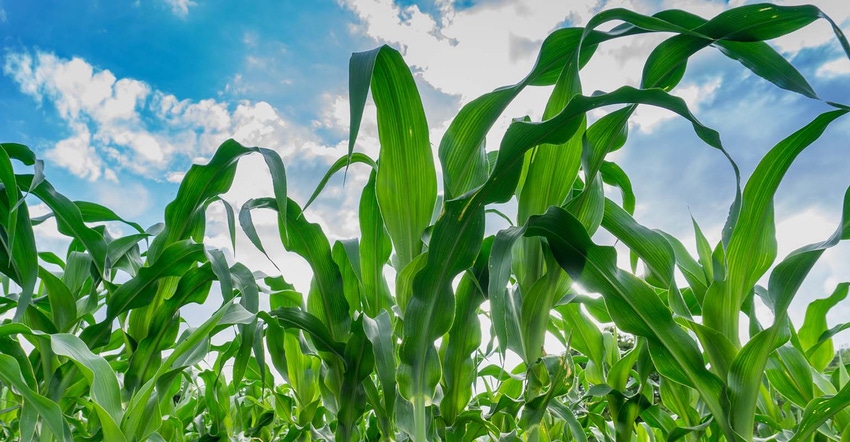
The latest USDA crop progress report, covering the week through June 28, shows that crop quality has been something of a moving target this year. Corn and soybean quality both moved higher, while spring wheat quality took an unexpected bounce lower last week. Winter wheat showed the most stability, with more than 40% of the 2019/20 crop now harvested.
Corn quality ratings moved from 72% rated in good-to-excellent condition up to 73%, which was in line with analyst expectations. Another 22% of the crop is rated fair (down one point from last week), with the remaining 5% rated poor or very poor (unchanged from a week ago). State-by-state quality ranges widely – click here to see how your state is performing so far.
Physiologically, 4% of the crop is now silking, versus 2019’s pace of 2% and the prior five-year average of 7%. Only 11 of the top 18 production states have made measurable progress at this stage, led by southern states, as expected.
Soybean crop ratings also improved by a point, although analysts expected USDA to hold them steady this past week. Now, 71% of the crop is rated in good-to-excellent condition, with 24% rated fair (down a point from last week) and the remaining 5% rated poor or very poor (unchanged from last week).
USDA is no longer reporting planting progress this year for soybeans, noting that 95% of the crop is already emerged. That’s a faster clip than both 2019 (80%) and the prior five-year average (91%). And 14% of the crop is now blooming, versus 5% a week ago. That far exceeds 2019’s pace of 2% and stays moderately ahead of the prior five-year average of 11%.
Spring wheat crop quality took an unexpected tumble lower, meantime. Analysts expected USDA to hold crop ratings steady, at 75% in good-to-excellent condition, but the agency docked the crop six points, sending it to 69% in good-to-excellent condition. Another 25% is rated fair (up four points from a week ago), with the remaining 6% rated poor or very poor (up two points from last week). Large portions of the top six production states – Idaho, Minnesota, Montana, North Dakota, South Dakota and Washington – are currently experiencing drought problems right now.
Physiologically, 36% of the crop is headed, which is much better than 2019’s pace of 20% but moderately behind the prior five-year average of 45%.
Winter wheat quality ratings improved slightly, with 10% rated excellent, 42% rated good, 32% rated fair and the remaining 16% rated poor or very poor. There is a lot of variance among the top production states, from Texas (34% in good-to-excellent condition) all the way up to Montana (87% in good-to-excellent condition).
Harvest pace is moving more slowly than analysts anticipated, with USDA reporting 41% progress through Sunday. That’s right in line with the prior five-year average and well ahead of 2019’s pace of 26%.
Click here to read the latest USDA crop progress report in its entirety for additional data on sorghum, cotton, rice, barley, pasture conditions and more.
About the Author(s)
You May Also Like






